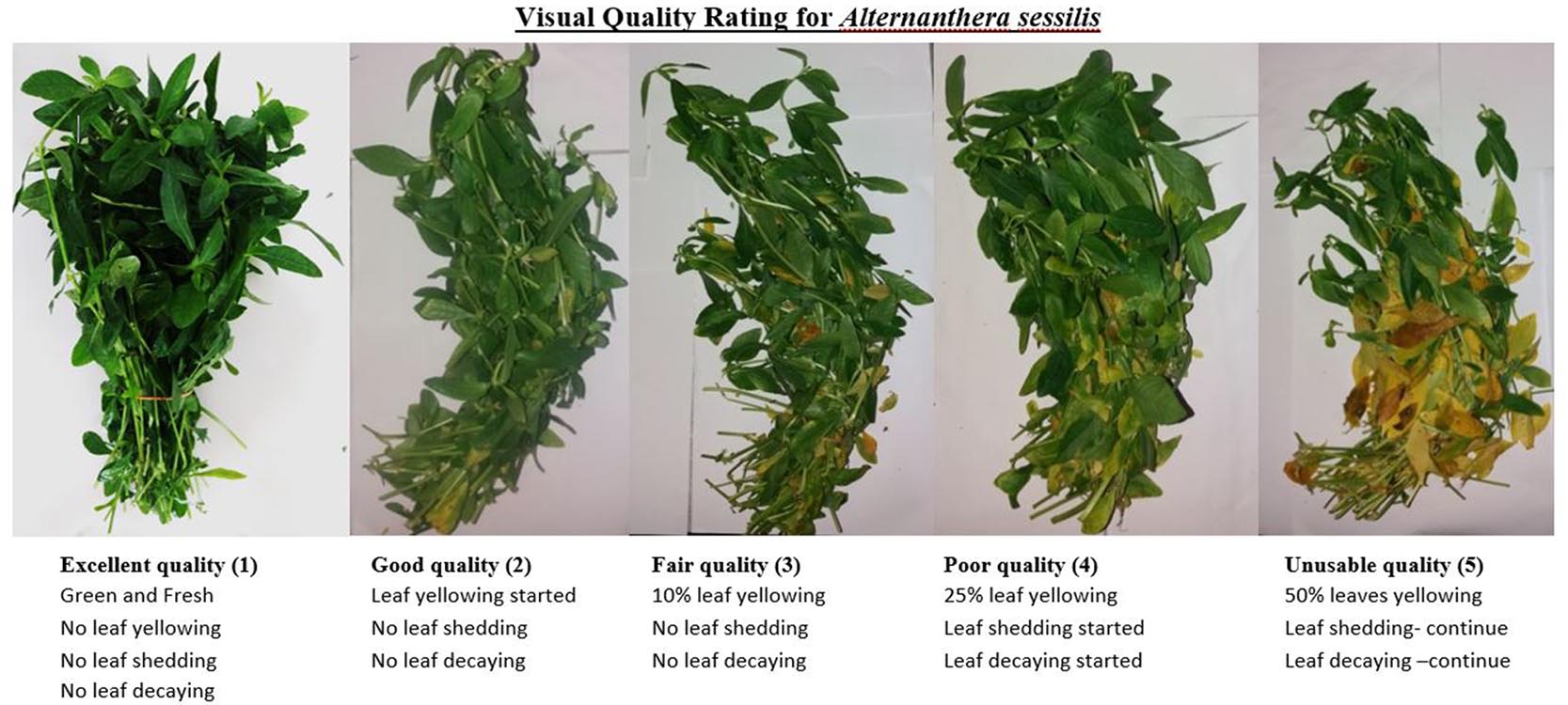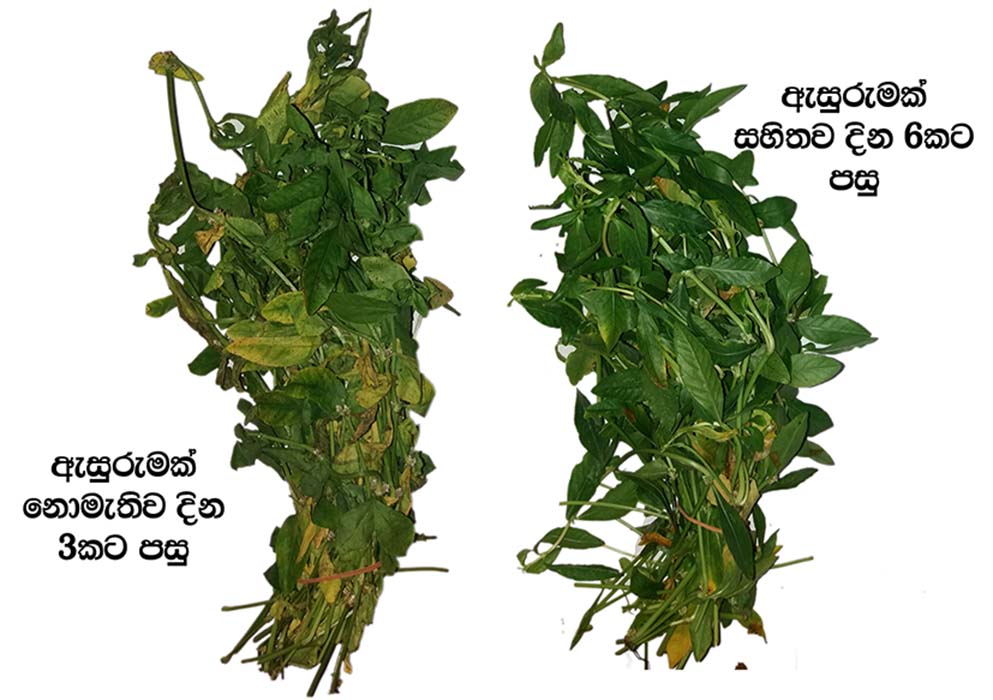
Quality Improvement of Fresh Leafy Vegetables by Controlling Undesirable Postharvest Physiological Activities
At present, one of the main national level challenges is to ensure food security for the growing population while ensuring long term sustainable development. Increase of the food production to feed more mouths is the main target while reducing the postharvest losses of the produced foods. From the food items, perishables more vulnerable to the higher postharvest losses. As perishables, leafy vegetables show shorter shelf life which is less than 2-3 days after harvesting.
Leafy vegetables contain adequate amount of dietary fibers, minerals including calcium, iron and phosphorus, vitamins especially vitamin C and A, antioxidants, phytochemicals and other nutrients. Dietary intake of leafy vegetables negatively associated with many chronic disease conditions such as, Cardiovascular diseases, cancer, diabetes mellitus, Alzheimer disease, cataract, and age-related functional decline. Many leafy vegetables have been used in traditional medicine for therapeutic and curative purposes.
Even though leafy vegetables precede higher nutritional and medicinal value, they have very shorter postharvest life leading to higher postharvest losses. Impressively, National Institute of Post Harvest Management has found a method to increase the postharvest life of leafy vegetables. According to the research findings, Mukunuwenna, Sesbania and curry leaves can be kept up to 6 days without quality deterioration under room temperature. For that, LDPE 150 gauge polyethylene must be used. However, there is a scientific protocol to be followed. For curry leaves and for Sesbania leaves, harvesting should done at partially matured stage. For mukunuwenna, it should be done at regular harvesting stage. For all the leafy vegetables harvesting should be done at early morning or late afternoon.
After harvesting, they should be transferred to shady place or to pack house and they should be washed and sort to remove any diseased, damaged, over matured and ripened parts. After that, should be allowed to drained excess water and make 100 g bundles. LDPE 150 gauge polythene should be used as dimensions of 8 inch width and 12 inch length. After that, 100 g bundles of leafy vegetables should be packed and sealed to create modified atmospheric conditions inside the package. This will reduce transpiration, respiration as well as ethylene biosynthesis. And also ethylene action will be inhibited. Then they can be stored in a convenient place for a 6 days of period without quality deterioration under room temperature.
https://tar.sljol.info/articles/abstract/10.4038/tar.v31i2.8370/
Year
2019
Principal Investigator
B.A.M.S. Kumara
Collaborator/s
W.B.W.M.R.C.P. Aluwihare
R.M.N.A. Wijewardane


